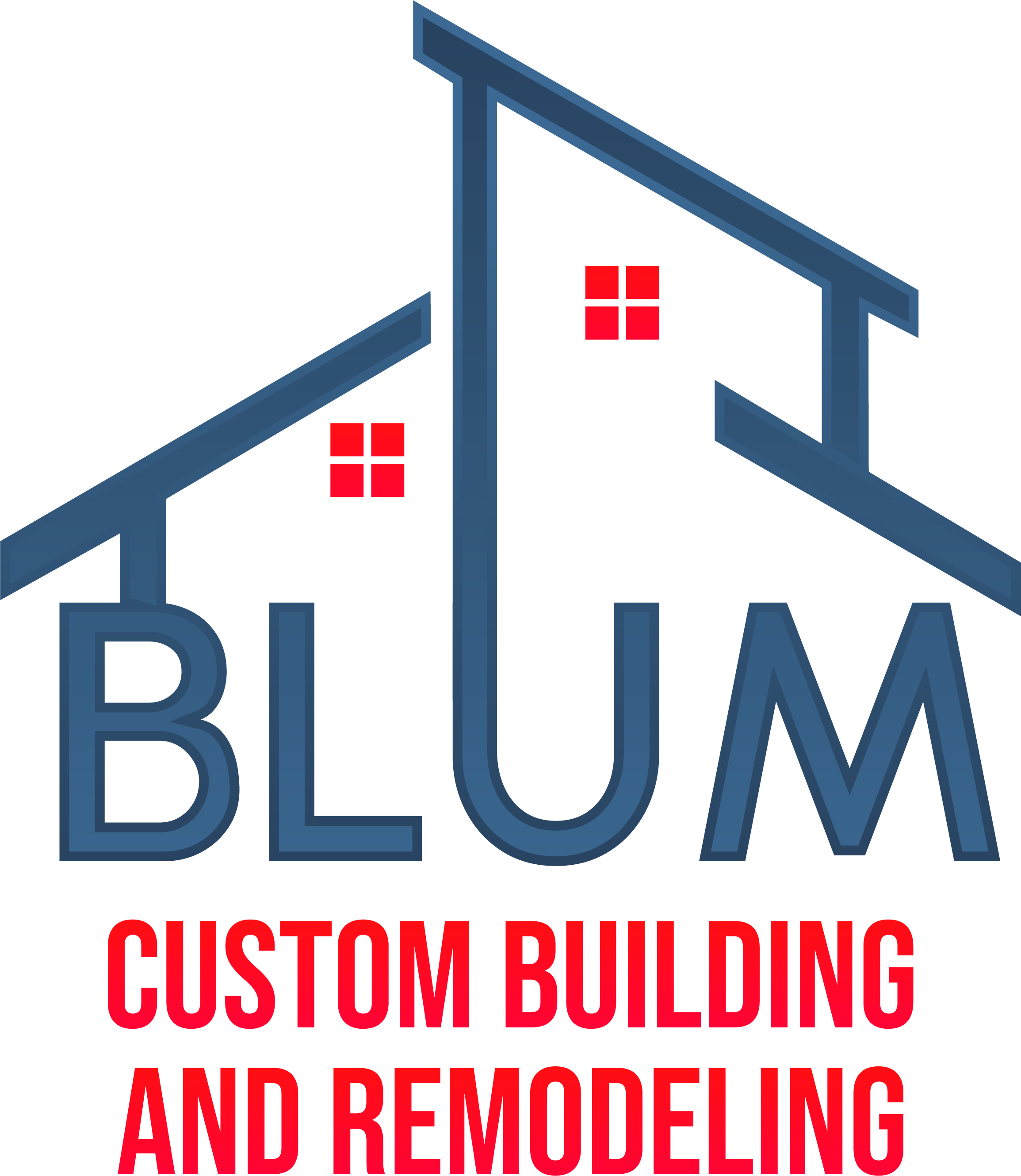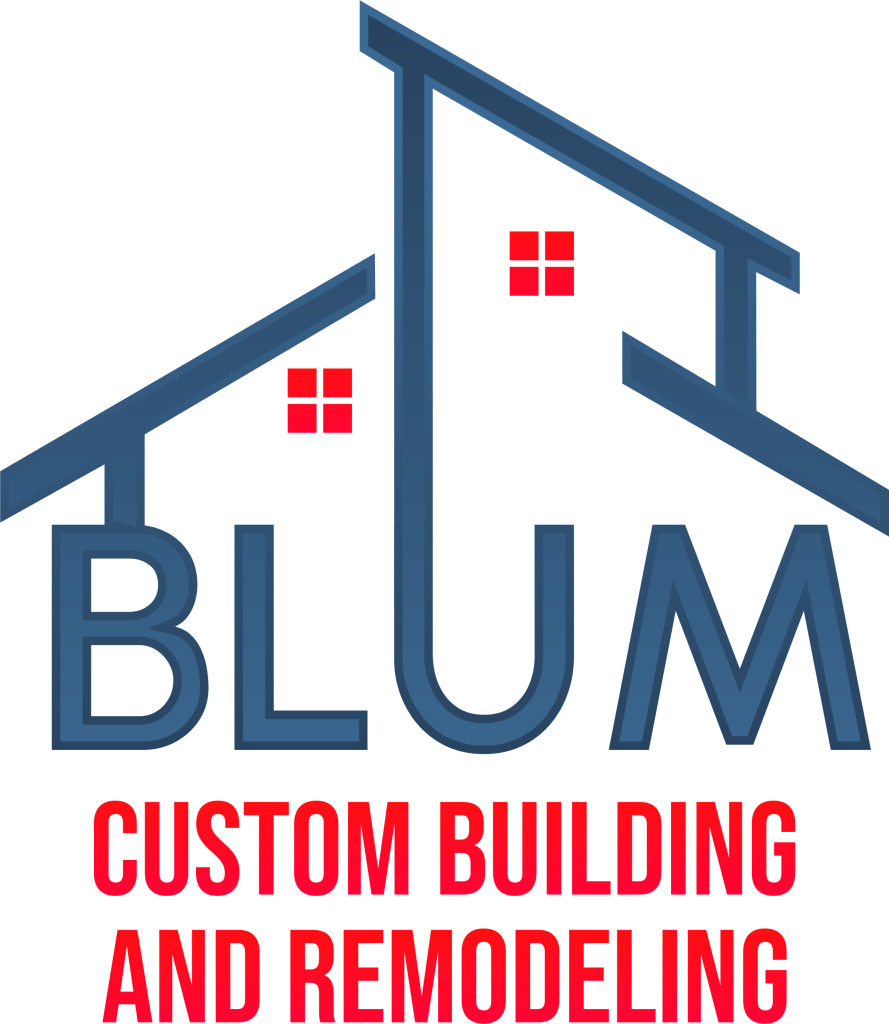Safety Considerations in Fireplace Work
Fireplace systems involve multiple safety concerns that require professional expertise. Gas lines, electrical connections, and venting systems must meet strict code requirements to prevent carbon monoxide poisoning, fire hazards, and explosions. Incorrect installation or modifications can create dangerous situations for households.
Professional contractors understand safety protocols for working with combustible materials and high-temperature environments. They test systems thoroughly before completing projects and ensure all components function correctly. This expertise protects families from preventable accidents.
Get to Know the Structural Requirements
Load-Bearing & Foundation Issues
Fireplaces and chimneys contribute significant weight to home structures. Modifications often affect load-bearing walls, foundation supports, and roof framing. Contractors assess structural implications before beginning work and make necessary reinforcements.
Removing old fireplaces or installing new ones may require foundation work or beam additions. These structural changes need engineering calculations and proper permits. Professionals coordinate with structural engineers when projects demand specialized expertise.
Chimney & Venting Systems
Wood-burning fireplaces require proper chimney construction with appropriate flue sizing, liner materials, and caps. Gas fireplaces need direct venting or B-vent systems that exhaust combustion byproducts safely. Each fuel type has specific venting requirements based on BTU output and installation location.
Contractors calculate proper chimney height relative to roof peaks and surrounding structures to ensure adequate draft. They install chase covers, spark arrestors, and animal guards that protect systems while maintaining function. Improper venting causes poor performance and safety hazards.
Code Compliance & Permit Management
Houston Building Codes for Fireplaces
The City of Houston enforces specific codes governing fireplace installation and modification. Requirements cover clearances from combustible materials, hearth dimensions, mantel height restrictions, and ventilation. Code violations discovered during home sales can derail transactions and require expensive corrections.
Licensed contractors stay current with code changes and inspection requirements. They design projects that meet or exceed minimum standards. Their familiarity with local inspectors helps projects pass inspections on the first attempt.
Permit Application & Inspection Process
Fireplace remodeling typically requires permits for structural, mechanical, and electrical work. Contractors handle application submissions, pay fees, and schedule required inspections. They understand which projects need permits and ensure compliance before work begins.
Attempting unpermitted work creates problems when selling homes or filing insurance claims. Inspectors may require complete system removal or expensive remediation. Professional contractors protect homeowners from these complications.
Material Selection & Sourcing
Fireplace Insert & Surround Options
Modern fireplace technology offers numerous choices in fuel types, efficiency ratings, and styles. Gas inserts provide convenience and clean burning. Wood-burning inserts deliver traditional ambiance with improved efficiency over open fireplaces. Electric units offer installation flexibility without venting requirements.
Surround materials include natural stone, manufactured stone, tile, brick, and wood mantels. Each material has installation requirements, maintenance needs, and price ranges. Contractors source quality materials at trade prices and ensure compatibility with chosen fireplace units.
Quality Versus Budget Products
Fireplace components range from economy to premium grades. Higher-quality inserts offer better warranties, improved efficiency, and longer lifespans. Cheaper units may save money initially but cost more over time through repairs and higher fuel consumption.
Contractors explain differences between product tiers and help homeowners balance budgets with long-term value. Their experience with various brands guides selections toward reliable products with strong manufacturer support.
Technical Installation Expertise
Gas Line Work & Connections
Gas fireplace installation requires licensed plumbers to run gas lines, size pipes correctly, and make leak-free connections. Improper gas work can cause explosions, fires, or carbon monoxide poisoning. Licensed professionals test all connections with pressure tests and leak detection solutions.
Gas line work must meet National Fuel Gas Code standards and local amendments. Contractors coordinate gas utility inspections and ensure proper shutoff valve installation. They verify adequate gas supply capacity for new appliances.
Electrical Integration & Controls
Many modern fireplaces include electric blowers, LED lighting, thermostatic controls, and remote operation. These features require proper electrical circuits, wiring methods, and connections. Licensed electricians ensure electrical work meets National Electrical Code requirements.
Smart home integration allows fireplace control through apps and voice commands. Contractors familiar with home automation systems can incorporate these features during installation. Proper electrical planning prevents overloaded circuits and ensures safe operation.
Design & Aesthetic Planning
Proportions & Room Balance
Fireplace size and placement significantly impact room aesthetics and function. Oversized units overwhelm small spaces while undersized fireplaces look awkward in large rooms. Contractors evaluate room dimensions, ceiling heights, and furniture arrangements to recommend appropriate sizes.
Mantel height, hearth extension, and surround width all affect visual balance. Experienced contractors understand design proportions that create pleasing results. They consider sight lines from various room positions and traffic flow around the fireplace.
Coordinating With Existing Architecture
Fireplace remodels should complement home style rather than clash with existing elements. Traditional homes may call for classic brick or stone surrounds while contemporary spaces suit sleek materials and linear designs. Contractors help homeowners select designs that make the overall home aesthetics just so much better.
Matching or complementing flooring, trim, and wall colors creates cohesive looks. Contractors can suggest finish options that tie fireplaces into broader room designs. Their experience prevents costly mistakes in material selection.
Project Timeline & Coordination
Realistic Schedule Development
Fireplace remodeling involves multiple phases including demolition, structural work, mechanical installations, and finishing. Each phase depends on completing previous steps and passing inspections. Contractors develop realistic timelines accounting for material lead times and subcontractor availability.
Custom mantels, specialty tiles, and certain fireplace units may require weeks for manufacture and delivery. Contractors order materials early to prevent delays. They maintain relationships with suppliers for priority handling when needed.
Managing Subcontractors & Inspections
Complicated projects require coordinating multiple licensed trades. General contractors schedule subcontractors in proper sequence and ensure their work meets project standards. They verify that plumbers, electricians, and masons have proper licenses and insurance.
Contractors schedule city inspections at appropriate project stages and accompany inspectors during reviews. They address any inspection concerns immediately to keep projects moving forward. This coordination prevents the delays common when homeowners attempt self-management.
Cost Management & Value
Accurate Estimating & Budgeting
Professional contractors provide detailed estimates breaking down labor, materials, and associated costs. This transparency helps homeowners make informed decisions about features and finishes. Contractors identify possible complications that might increase costs and discuss contingency planning.
Unexpected issues often arise during demolition, such as damaged framing or outdated wiring. Experienced contractors anticipate common problems and budget appropriately. They communicate promptly about changes affecting costs.
Avoiding Expensive Mistakes
DIY fireplace work frequently requires professional correction, costing more than proper installation initially. Common mistakes include improper venting, code violations, gas leaks, and structural damage. Contractors prevent these problems through knowledge and experience.
Warranty coverage on professional installations provides additional value. When issues arise, contractors return to make corrections at no additional cost. This protection gives homeowners peace of mind and financial security.
Long-Term Performance & Maintenance
System Testing & Optimization
Contractors thoroughly test completed installations to verify proper operation. They check gas pressures, test ignition systems, verify venting draft, and confirm safety controls function correctly. This testing identifies problems before homeowners use fireplaces.
They demonstrate operation and explain maintenance requirements. Homeowners learn proper starting procedures, troubleshooting basic issues, and recognizing signs that professional service is needed.
Warranty Support & Service
Reputable contractors warranty their workmanship and help homeowners deal with the manufacturer warranties on equipment. They maintain relationships with parts suppliers and service technicians. When warranty work becomes necessary, contractors coordinate repairs efficiently.
Ongoing maintenance options include annual inspections, cleaning services, and tune-ups. Regular maintenance extends equipment life and maintains safe operation. Contractors who perform installations understand systems thoroughly and provide superior service.

